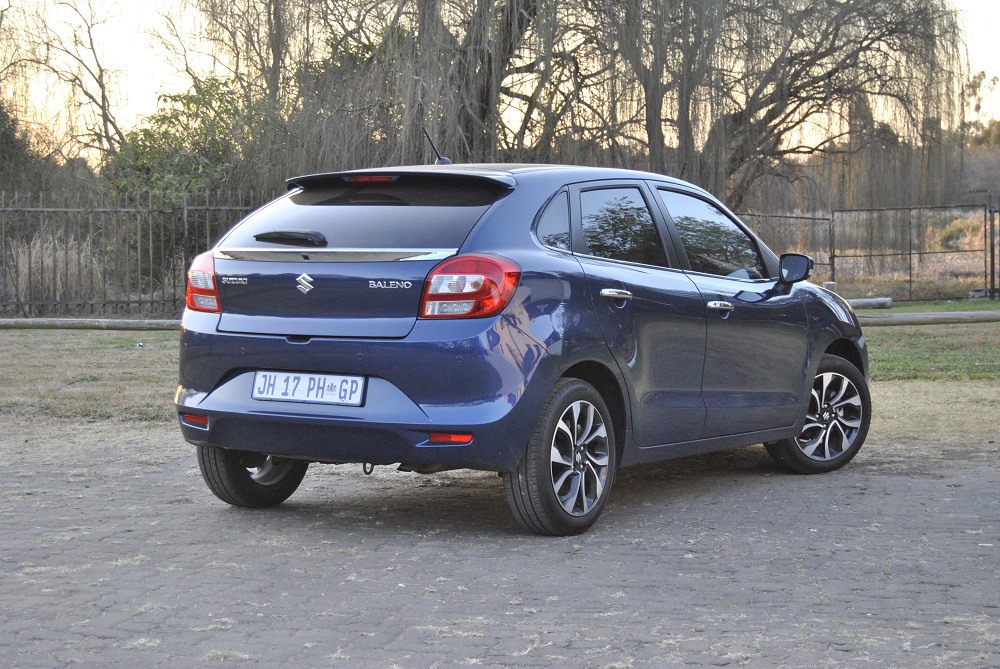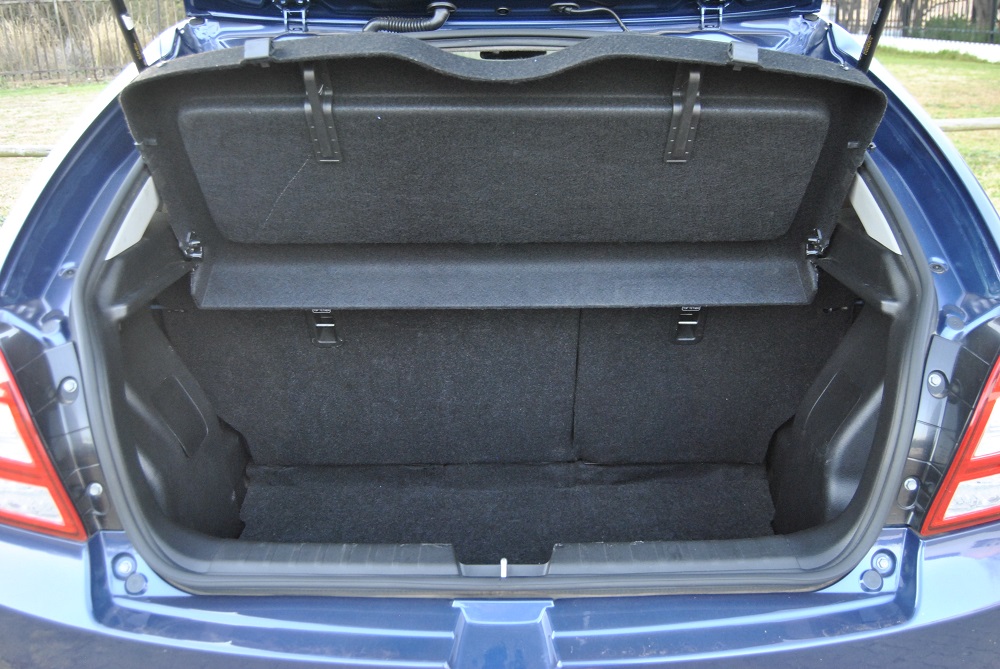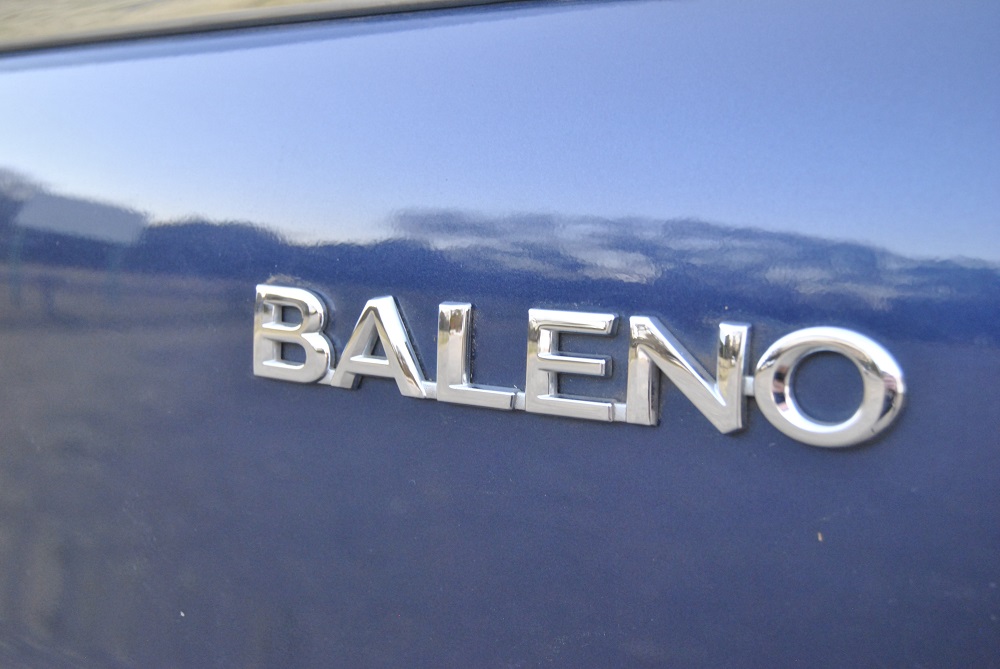Suzuki's flagship hatch has been playing a supporting role to its lesser siblings but why?

Suzuki Baleno 1.4 GLX
Every so often, you cannot help but be left perplexed as to why something associated with a reputable brand underperformers when everything else they or it produces, are lapped-up with no questions being asked.
Although 2019 undoubtedly rated as a year Suzuki would love to remember for a very long time after posting a new passenger vehicle sales record of 14 867 units, the mood was more than likely tainted by the slow uptake of the Baleno.
Whereas sales of the Swift have been living up to its moniker and those of the Jimny hamstrung only by a backlog as demand continues to rise, the Baleno has struggled to find favour amongst buyers in the B-segment with its best of 102 units moved in January contributing to an overall 2019 sales tally of 779.
It is of course a different story in its home market of India where manufacturer, Maruti Suzuki, last year moved 183 863 Balenos, including another 17 946 of its rebadged sibling, the Toyota Glanza, which earlier this month received the go-ahead to be marketed in South Africa from next month as the Starlet.
While it remains to be seen what sort of figure the Starlet will post, the Baleno became the recipient of a small facelift earlier this year, which culminated in it also arriving for the weeklong test period recently in order for this writer to get a grip on why matters have seemingly never taken off after four years on local soil.
The first model to feature Suzuki’s Liquid Flow styling language, the Baleno, while certainly not a design masterpiece, is anything but ugly or nondescript, which, to an extent, could have had something to do with the striking Stargaze Blue Metallic paint finish our top-spec GLX arrived in.
As part of the mentioned facelift, Suzuki has equipped its flagship hatch with a redesigned front bumper and grille, the latter with a chrome central strip, new LED headlights with integrated daytime running diodes, and, in the case of the GLX, chrome door handles and window surrounds, a neatly integrated bootlid spoiler and sporty diamond-cut 16-inch alloy wheels.
In a segment not always renowned for exterior prowess, the Baleno doesn’t proclaim its arrival much but it certainly doesn’t fade into background amongst the perennial crowd headed by the Volkswagen Polo, Toyota Yaris, Hyundai i20 and Renault Clio.
Matters however start to go array for the Baleno once you step inside. Despite the inclusion of blue inserts on the black cloth seats and silver detailing around the air-conditioning dials and buttons, the cabin, admittedly, is function over style and awash with grey plastics and chrome detailing on the steering wheel and around the air vents.
The materials themselves feel solid though and hard-wearing, but also cheap and in the case of those on the transmission tunnel, rather flimsy, while the facia, now fitted with a seven-inch touchscreen infotainment system, is a nod to that of the Alto that ended production a while ago. It is well screwed together though and the actual driving position on-point.
Unfortunately, the biggest complaint was reserved for the display which, despite the inclusion of Apple CarPlay and Android Auto, froze on a number of occasions with inputs being soundly ignored. An impromptu ctrl-alt-del by switching the engine on and off did the trick, but the response was still sporadic and in some cases, only able via less than gentle inputs.
A non-isolated dilemma is the lack of rear headroom or an armrest for taller passengers. Speaking of space, the Baleno’s boot measures 355-litres or up to 1 085-litres with the rear seats folded forward, but loading any items might take some extra heaving as the lip is rather high.
Where the Baleno claws back ground is on the specification front with features on the GLX consisting of a 4.2-inch LCD instrument cluster display, electric mirrors and windows all around, rear parking sensors with a reverse camera, cruise control, keyless entry and push-button start, six airbags, a leather wrapped multi-function steering wheel, auto-levelling headlights, ABS with EBD and a Bluetooth as well as USB enabled four-speaker sound system.
At a time where turbocharging has become normality, the Baleno’s reliance on natural power comes as something of a surprise. Still, the 1.4-litre K14B petrol engine has just enough zip within its 68kW/130Nm to haul the 915 kg Suzuki along with minimal fuss, especially at the national limit where the lack of engine noise at 3 000 rpm was impressive for a vehicle in this segment.
Just as impressive is the five-speed manual gearbox which is light and incredibly direct, but blunted by a clutch bite point that is set to high and requires a good dose of revs to prevent stalling. Given its roots, the Baleno’s ride is soft but comfortable and capable of shrugging off most imperfections without upsetting the overall feel, but the steering lacks feel and offers very little in the way of communication between the driver and the front wheels.
As is often the case with Suzuki, old-school simplicity can still trump modern day fripperies which in this instance, saw the Baleno record a best fuel consumption figure of 5.4 L/100 km, the same as the automatic model and only 0.3 L/100 km off of Suzuki’s claim.
Its dodgy infotainment system aside, which hopefully only affected our test unit, the Suzuki Baleno has a lot going for it from a specification standpoint, especially as the GLX carries a very competitive sticker price of R259 900. However, the lack of polish inside and allure of the funkier, cheaper Swift and Ignis might very well explain its poor sales performance, which, in a horrible twist of irony, could get worse once the Starlet arrives.
For more news your way, download The Citizen’s app for iOS and Android.
Download our app









